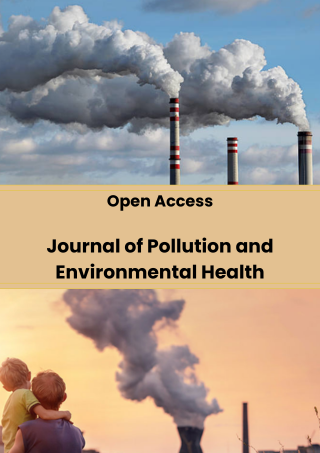Indoor and Urban Environmental Health
Indoor and Urban Environmental Health focuses on how environmental conditions in homes, workplaces, and cities affect human well-being. Indoor environmental health addresses exposure to pollutants such as mold, volatile organic compounds (VOCs), tobacco smoke, carbon monoxide, and allergens commonly found in enclosed spaces. Poor ventilation, dampness, and chemical use can contribute to respiratory issues, allergies, and long-term health effects. Urban environmental health examines challenges in densely populated areas, including air and noise pollution, traffic emissions, limited green space, and heat islands. These factors are linked to chronic diseases, stress, and reduced quality of life. Monitoring air quality, improving building design, and implementing sustainable urban planning are key strategies. Promoting healthier indoor and urban environments is essential for enhancing public health and reducing environmental health risks.
Indexed In
DOAJ
CrossRef
PubMed
MEDLINE
ResearchBib
OAJI
Sindexs
Index Copernicus
EBSCO A-Z / Host
OCLC - WorldCat
Journal Flyer


